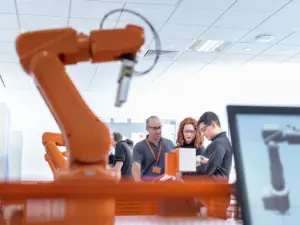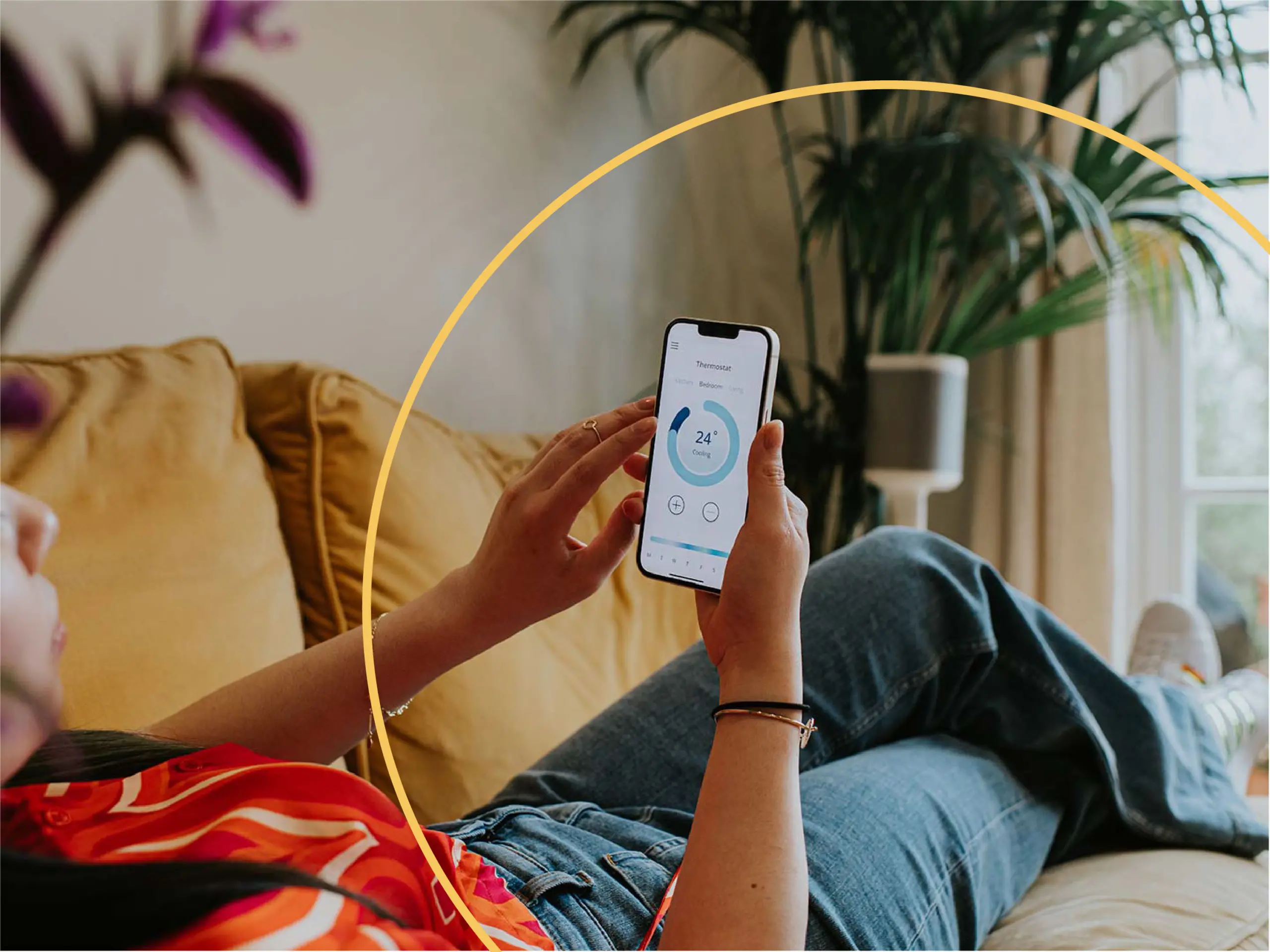Many of us are unfazed when one of our household devices connects to the Internet. In fact, we often seek out connected products to make our lives more seamless. From TVs, thermostats, and doorbells to garage doors and grills, technology is creating a more efficient and convenient space for both households and businesses creating all this new tech.
As businesses explore this technology, they begin to digitize processes, products and services, and consumers are simultaneously becoming more accustomed to using connected products and IoT solutions. As the Internet of things (IoT) expands, organizations seize new opportunities to connect with customers in meaningful ways that drive revenue and provide data-driven insights to fuel innovation in our increasingly connected world.
With connectivity becoming more widely accessible, one innovation consumers and industry leaders are looking for involves connected solutions to simplify the replenishment of household consumables, warehouse inventory, medical supplies and more.
In this article, we will explore how connected products and IoT inventory management solutions can be leveraged to implement replenishment processes to drive value, increase customer experience, and enhance business ecosystems.
What Is IoT-Enabled Replenishment?
In today’s digital commerce world, businesses are strategically working to provide the most convenient and efficient way for consumers to interact with and purchase products. Adding intelligence and connectivity to the products consumers use in everyday life will generate data that can be used to create new ways of doing business, such as IoT-enabled replenishment.
IoT-enabled replenishment helps connect the digital and physical worlds by using IoT devices to track consumption of materials, sense when supplies are running low, and either alert the user to reorder supplies or automatically reorder supplies to ensure the user does not run out. These modern replenishment solutions are intended to simplify buying decisions, minimize customer dissatisfaction, improve efficiencies, and drive new revenue. This tech-driven approach can be seen across several industries, including retail, healthcare, customer service, and manufacturing. Common replenishment examples include:
Household Replenishment
IoT solutions can alleviate the tediousness of repeatedly purchasing household consumables, detergents, air filters, paper products, etc.
Warehouse Replenishment
Smart planning solutions can automate and optimize inventory ordering to avoid waste and ensure items are readily available.
Medical Replenishment
Connected devices in healthcare provide cost reductions, optimized inventory, and saved time on non-value-added activities. All those savings can be transferred to improving patient care activities.
Regardless of your industry, Vervint can help your organization develop competitive advantages, increase efficiency, and drive new revenue through connected products and IoT replenishment.

Start Saving on Your Business’s IoT Costs
Benefits of IoT Solutions
Implementing IoT-enabled replenishment solutions offers a variety of benefits, including:
- Creating new efficiencies
- Optimizing inventory management
- Increasing sales
- Generating real-time data
- Gaining deep insights into consumer behavior
And by offering a replenishment service, organizations can build brand loyalty through convenience and efficiency. The more products a consumer can seamlessly purchase through replenishment, the more they will want to purchase without even thinking about it.
With robust IoT infrastructure, a business can implement data-driven replenishment opportunities to drive value through connected products. Every connected product solution is different and will need to change over time. Here at Vervint, we help organizations design, build, and manage future-minded connected products and the infrastructure that supports them. The solutions we build for clients enable us to quickly connect, quantify consumer behavior, and adapt as product needs evolve.
Successfully launching an IoT product ensures one thing above all else: more—and better—data. Our team of experts can walk you through the most important steps for creating your connected product so you can drive value through successful IoT development rather than making the mistakes that cause over 75% of IoT projects to fail.

Why It’s Time to Break Up With Your IoT Platform
Challenges of IoT Solutions
Although connected products can help simplify the user experience, executing a successful IoT-enabled replenishment system comes with its own set of challenges. IoT is not a standalone solution and must be integrated with other business systems and solutions. As a result, organizations face common challenges as they seek to design, build, launch, and manage connected product ecosystems.
IoT Device and Data Security
Since connected devices can send large amounts of sensitive data and end users of IoT applications can directly control a device, the security of IoT is a design requirement. A secure IoT platform should have security controls at every layer of the solution. In addition, IoT solutions must be reliable and continuously adapt their architecture, firmware, and software to stay ahead of the changing security landscape.
Specialized Technical Expertise and Experience
Another challenge when making a connected product is that most organizations underestimate the work involved. They encounter overwhelming hurdles at different phases of the product design and development process, which often translates to ever-rising project costs and repeated missed deadlines.
Alignment and Change Management
Implementing IoT-enabled replenishment requires overhauling an organization’s entire ecosystem. At Vervint, we’ve seen clients struggle with reorienting their approach, aligning stakeholders, and accelerating product development. In particular, businesses fail to make the product-to-platform shift and fully leverage new business models.

Building a Smart Device? You Need to Make the Shift From Products to Platforms
Many organizations don’t overcome these challenges. Some companies cross the finish line and launch a connected product—only to fail due to a lack of adoption or commercial success. With our deep expertise in all the competencies for successful connected product development and launch, Vervint will work alongside you and your team from inception to post-launch support to drive your IoT project forward successfully.
Vervint: Leveraging Digital Capabilities in the Connected Product and IoT Space
IoT is raising the stakes and presenting new opportunities across industries. Our team is here to help your organization innovate and navigate the landscape of these new services. If your organization wants to discover new opportunities with connected products and IoT solutions, complete a quick contact form. We look forward to hearing from you!
We spoke with Aaron Kamphuis to help develop content for this piece. Aaron Kamphuis is the Head of Partner Channel at Vervint. He has worked in professional services and custom software almost his entire career.


